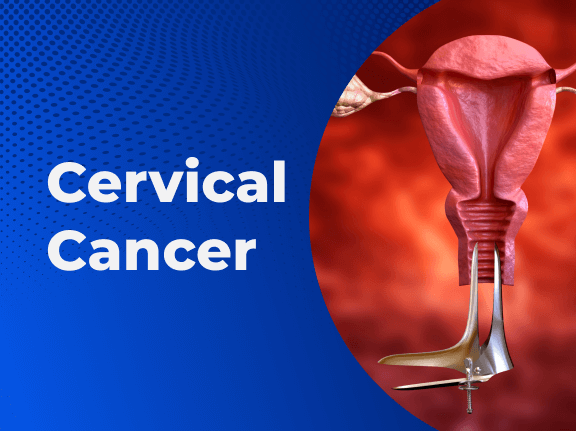Cervical cancer, a once formidable foe, is now largely preventable thanks to advancements in screening and vaccination. Despite the readily available tools to combat this disease, a lingering hesitancy to discuss the topic persists, hindering progress. This reluctance stems from societal inhibitions and a lack of awareness, both of which must be actively addressed. Open dialogue, informed decision-making, and readily accessible resources are crucial in empowering women to take control of their health and eliminate the threat of cervical cancer through regular screening and early intervention. Overcoming the silence surrounding reproductive health is the first step toward eradicating this preventable disease.
The cervix, a small yet vital part of the female reproductive system, often goes unnoticed until problems arise. Cervical cancer typically develops insidiously, beginning with subtle cellular changes that progress slowly over time. The absence of noticeable symptoms in the early stages makes regular screening paramount. These screenings, readily available and easily administered, serve as the first line of defense. Routine Pap smears and HPV DNA tests can detect precancerous changes long before they develop into full-blown cancer, allowing for timely intervention and significantly increasing the chances of successful treatment. In countries like India, where resource limitations can pose challenges, these cost-effective screening methods offer a practical and powerful tool for early detection.
Human Papillomavirus (HPV), the primary culprit behind cervical cancer, is more prevalent than commonly perceived. Transmitted through skin-to-skin contact, most notably sexual activity, HPV infections are often cleared by the body’s natural immune response. However, in some cases, the virus persists, leading to cellular changes in the cervix that can eventually progress to cancer. The HPV vaccine provides a crucial layer of protection, especially when administered to young women before they become sexually active. Although most effective in younger age groups, the vaccine offers benefits to women of all ages, significantly reducing the risk of developing cervical cancer.
While the HPV vaccine is a powerful tool, it’s not a replacement for regular screenings. The vaccine targets the most common cancer-causing HPV strains but doesn’t offer complete protection against all variations. Regular screening remains essential even for vaccinated individuals, as it allows for the detection of any abnormal cellular changes regardless of vaccination status. A comprehensive approach to cervical cancer prevention involves both vaccination and routine screening, working in tandem to maximize protection. This dual approach ensures early detection and prompt intervention, significantly reducing the risk of developing cervical cancer.
Early signs of cervical cancer, though often subtle, can manifest as bleeding between periods, bleeding after sexual intercourse, or unusual vaginal discharge. These symptoms, while potentially indicative of other less serious conditions, should never be ignored or dismissed due to embarrassment. Any unusual changes in the body warrant prompt medical attention. It’s always better to err on the side of caution and seek professional advice rather than dismiss potential warning signs. Early detection is key to successful treatment, and addressing any concerns promptly can significantly improve outcomes.
Prevention extends beyond screening and vaccination, encompassing lifestyle choices that contribute to overall health. Smoking, for instance, weakens the immune system, hindering the body’s ability to fight HPV infections. Maintaining a healthy immune system through balanced nutrition, personal hygiene, and stress management plays a crucial role in preventing HPV-related complications. Every healthy habit contributes to a stronger defense against infection. A holistic approach to wellness, including healthy lifestyle choices, reinforces the efficacy of screening and vaccination.
Open communication about reproductive health is essential despite any potential discomfort. Doctors are trained to address concerns in a non-judgmental and supportive environment. They can provide accurate information, dispel anxieties, and guide patients through the necessary steps for prevention and treatment. Women should feel empowered to seek medical advice without hesitation, asking questions about screening schedules and HPV vaccination relevance. Overcoming the reluctance to discuss reproductive health is paramount to ensuring timely intervention and effective preventive care.
Cervical cancer is a preventable disease. With readily available tools like screening, vaccination, and increased awareness, women can take control of their health and dramatically reduce their risk. Proactive steps, including open communication with healthcare providers and adherence to recommended screening schedules, are essential for prevention. Early detection and timely intervention are the cornerstones of successfully combating cervical cancer. Women should prioritize their health and utilize the available resources to protect themselves from this preventable disease.


